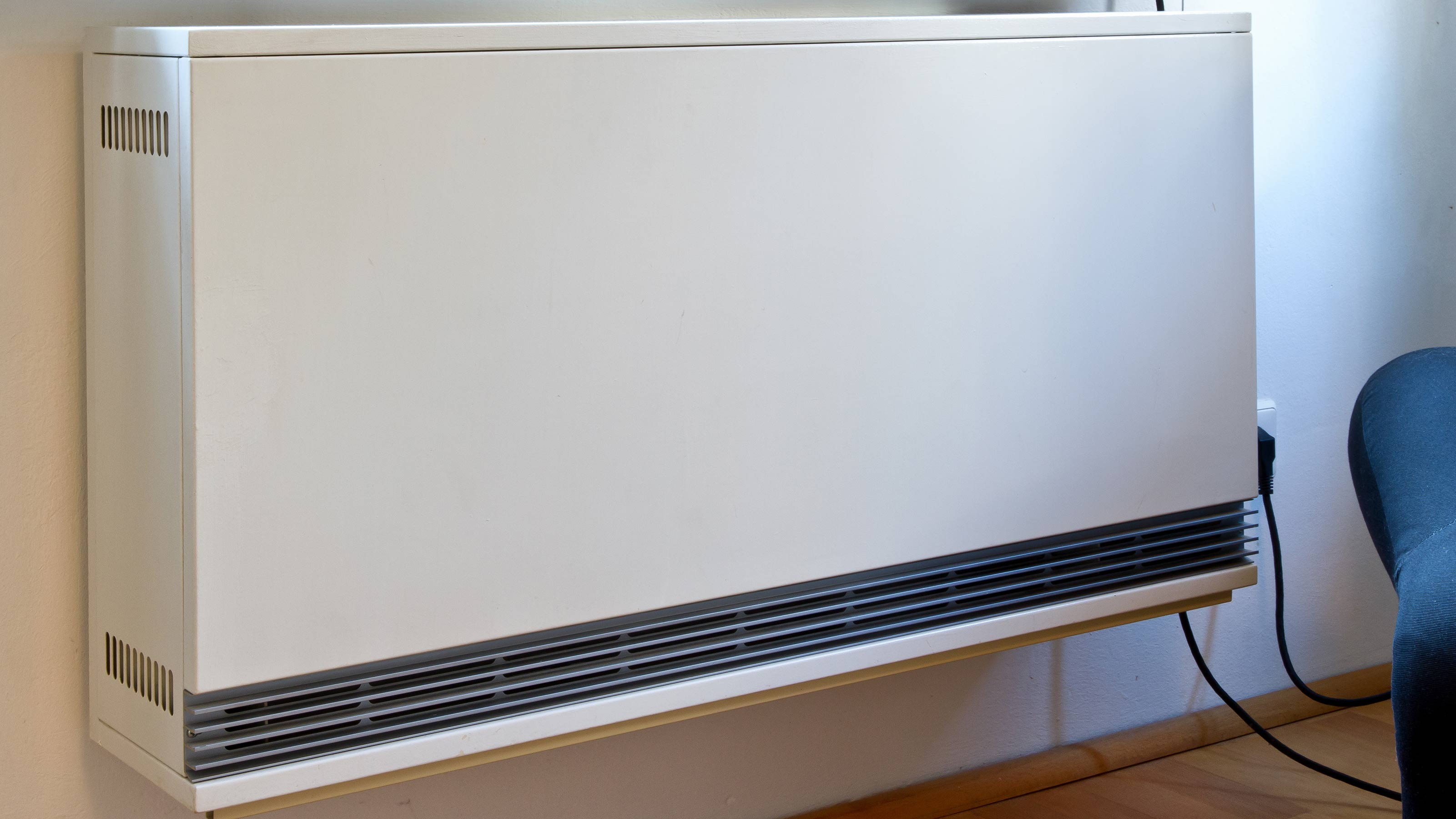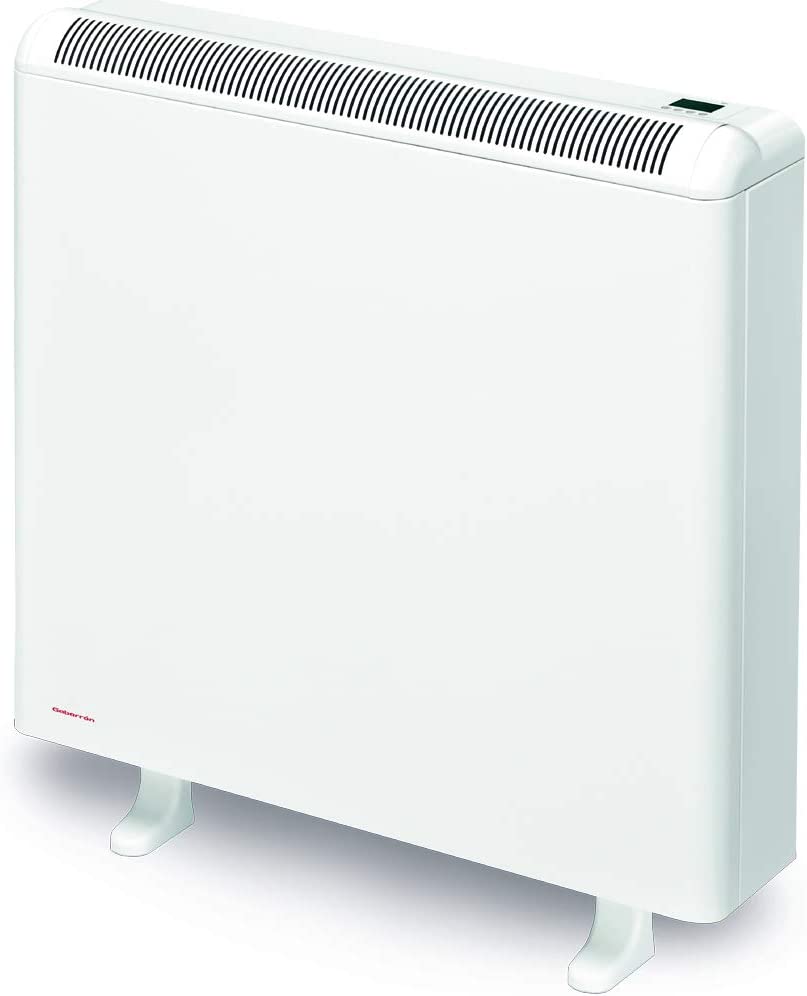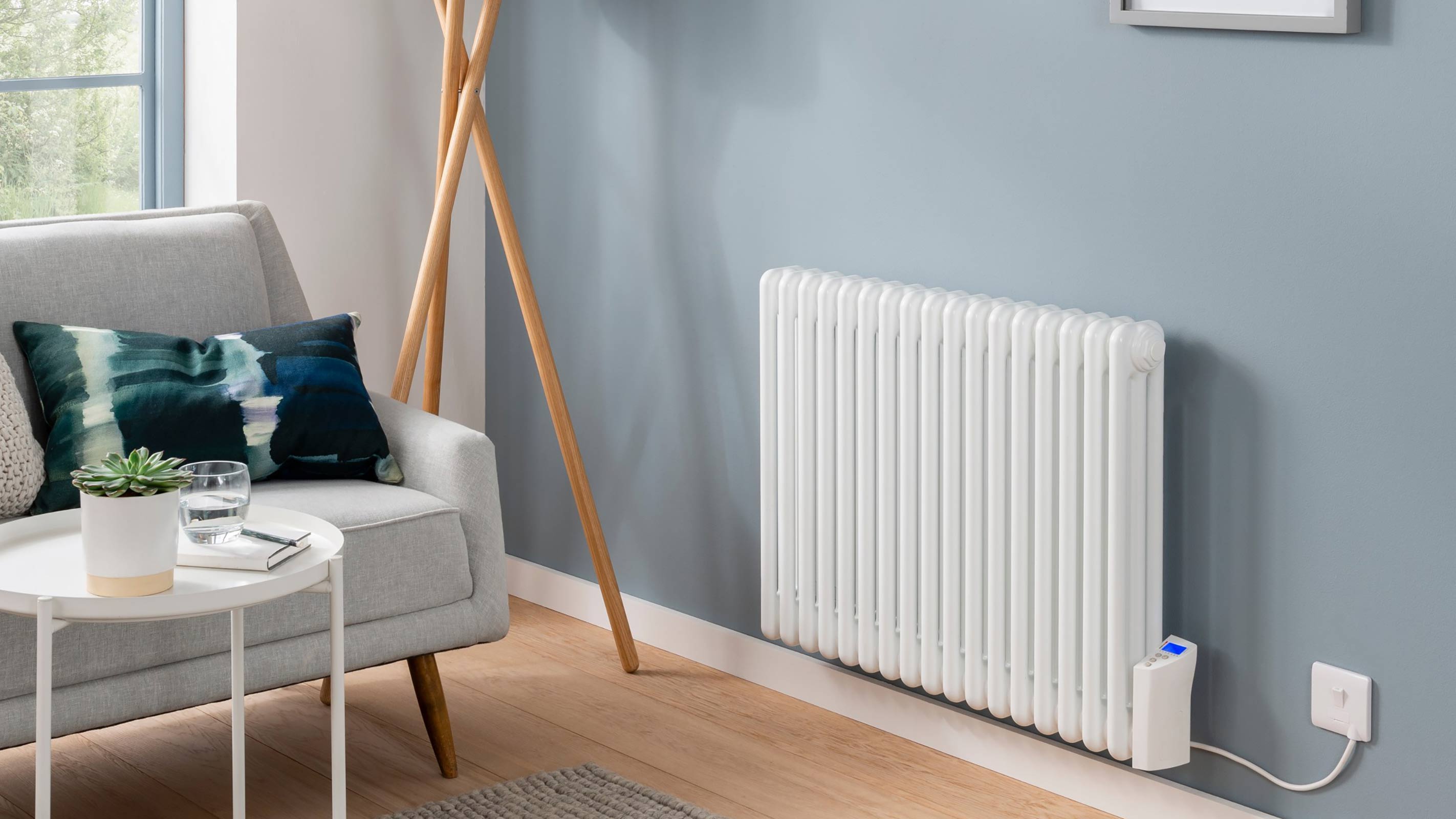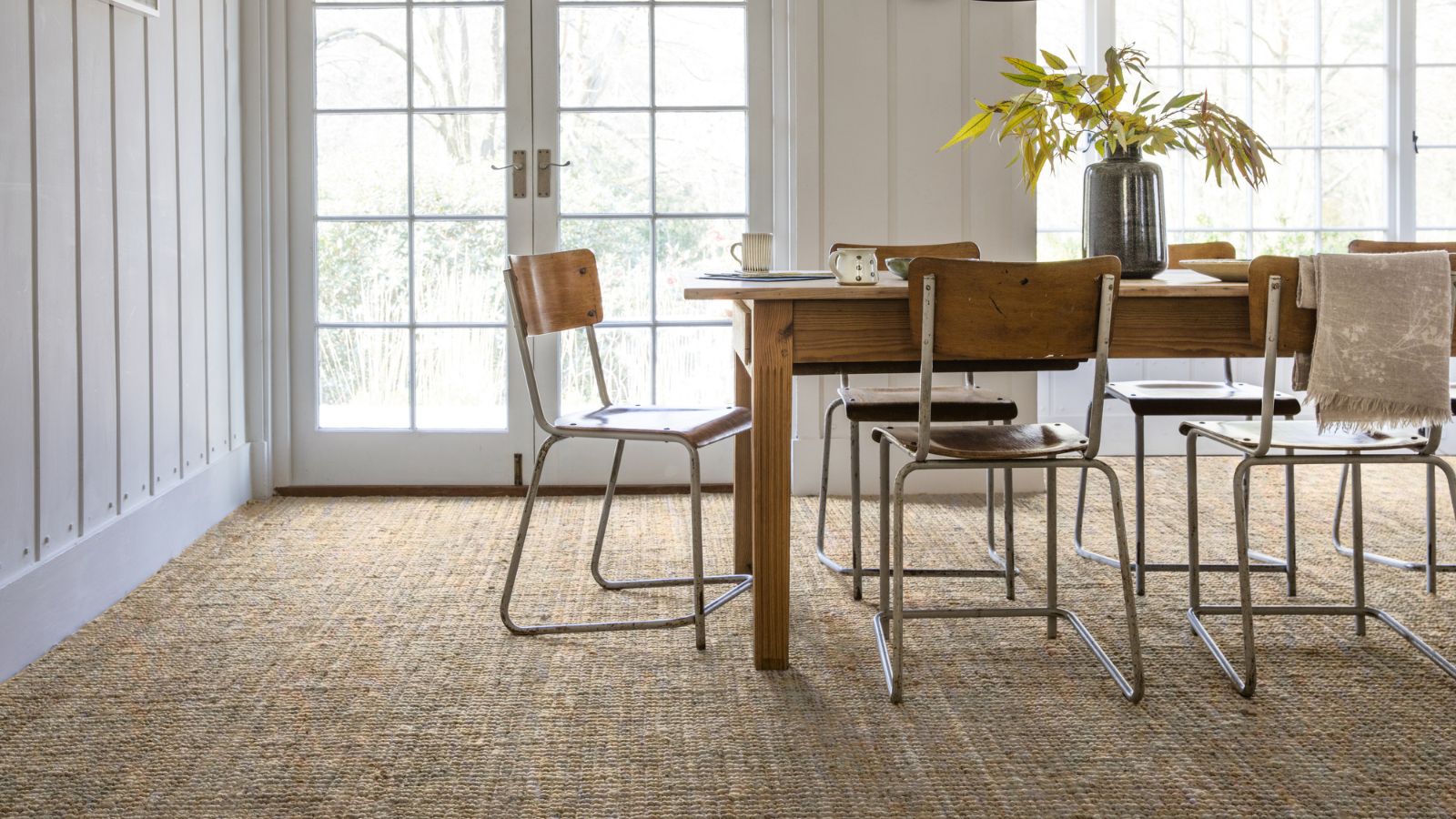How do storage heaters work and what is Economy 7?
Exactly how do storage heaters work and how can you make the most of them if you have them in your home? We explain everything you need to know about this heating method

Just how do storage heaters work? If you have found yourself living in a property with this type of heating system, you may well be wondering how to make the most of it, what the advantages of storage heaters are and whether or not you should just rip them out and replace them with other types of radiator instead.
Here, we take a look at the idea behind storage heaters, how they work to heat a house and their benefits and drawbacks. We'll also explain how storage heaters have moved on in recent years, what they are likely to cost to run and and what do if you want to swap them for an entirely different type of heat source.
How do storage heaters work?
Storage heaters – also known as night storage heaters – contain a heating element (often a collection of clay or ceramic bricks) that is designed to absorb and store high quantities of heat. Most, but not all, are wall-mounted and use off-peak, cheaper electricity (commonly Economy 7) to heat the element, before releasing this 'stored' heat during the course of the next day.
This type of heating uses convection currents to distribute the heat it has stored around the room it is located in. As hot air within the heater rises, cooler air is drawn in from below, warmed by the heating element and released.
Storage heaters are really designed to be used in conjunction with 'Economy 7' electricity tariffs, where electricity is cheaper at night than it is during the day.
Storage heaters have 'input' and 'output' settings to control them. The input setting is used at night to control how much heat is stored and most models will allow you to adjust this to set a maximum input (if you know you are going to be out for most of the next day, for example, you will not need much heat to be stored.)
The output setting is used to control the amount of heat released by the heater during the day. The higher the setting, the faster the heat will be released. So, if you set the output to high all day, you may well run out by the time you get to the evening. Some models feature a ‘boost’ setting to be used if you run out of stored heat, but be aware that this uses the more expensive daytime electricity, not the stored heat.
What is Economy 7?
Storage heaters are usually used by those using an 'Economy 7' electricity tariff. If you are on this kind of tariff, you will pay a different price for the electricity you use depending on what time of day it is.
Bring your dream home to life with expert advice, how to guides and design inspiration. Sign up for our newsletter and get two free tickets to a Homebuilding & Renovating Show near you.
"The electricity you use at night costs about a third of the price of the electricity you use during the day – a big difference," says Centre for Sustainable Energy (CSE). "The hours of cheap electricity are normally from 12 midnight until 07.00 in winter, and from 01.00 to 08.00 in summer, although this can vary between suppliers."
If you are on an Economy 7 tariff, your electricity meter will track the electricity you use during the day and at night separately.
While seven hours of cheap electricity at night might sound great it is important to know that for the remaining 17 hours you will be charged more than you would for a single-rate tariff. This is why those on this tariff use night storage heaters and choose to run their other appliances (washing machines, for example) during the night too.
"As a rule of thumb Economy 7 will be cost-effective if you use electricity for your heating and hot water (not gas, which is a much cheaper heating fuel) and if you use more than 40% of your electricity at night," explain CSE.
Storage heaters are also sometimes used by those on 'Economy 10' tariffs. Economy 10 gives you 10 hours of cheaper electricity but these won't all be during the night — for example they might be broken down into three off-peak hours in the afternoon, two in the evening and five overnight.
How much do storage heaters cost to run?
Just as when trying to calculate central heating costs per hour, how much a storage heater costs to run will depend on how much you are being charged for your electricity, the efficiency of the model you have and how much you use it. However, you can get a rough idea of the running costs of a storage heater.
"To give you an indication, a medium-sized storage heater that consumes 2kW, and charges at full power for seven off-peak hours will use 14 kilowatt-hours (kWh) of electricity," say EDF Energy. "At the average off-peak electricity rates, as of October 2022, 20p per kWh, that’s £2.80 per day to run this 2kW storage heater. "
How are modern storage heaters different from older models?
Many older storage heaters are inefficient and some are actually health hazards. You should be aware that if you have moved into an older property, it wasn't until 1973 that the use of asbestos in storage heaters was stopped. While few homes still have heating units this old still in place, if you are in any doubt, you should look into how to deal with asbestos and call in the professionals to check.
Modern storage heaters are easier to use and tend to be far more economical than those of days gone by. In 2018, new rules came into play stating that manufacturers of storage heaters must include an electronic thermostat with a 24/7 timer and the ability to detect an open window.
"Modern storage heaters also have to have casings to hold more heat, or fans to help distribute the warm air around the room when needed," say EDF Energy. These modern models should also have features that allow them to store just the right amount of heat. Some of these newer designs will have digital controllers and can be connected to your WiFi network too.
To give you an idea of how much storage heaters have improved in recent years, Dimplex's Quantum is classified as a ‘high heat retention’ storage heater. It features smart controls that mean it takes exactly the correct amount of charge, has a highly insulated core that stores heat for longer and a fan to extract heat more evenly.

What does replacing storage heaters involve?
Storage heaters are most certainly not the best way to heat a home for everyone and if you are not on an Economy 7 tariff and are looking for retrofit central heating options there may well be better methods to consider.
The main downside of older storage heaters is that they provide too much heat in the morning and not enough in the evening — just when most people need it the most. They also tend to be on the bulky side due to the heating elements they conceal.
For this reason, many renovators choose to replace them with a conventional central heating system using radiators or underfloor heating or, alternatively, with new electric radiators.
How easy it is to remove storage heaters will depend on how they were originally wired. If they are just plugged into a standard electrical socket it will simply be a job of unplugging them and removing them from the wall (beware, they are very heavy!)
However, if they are hardwired into the wall, you will need to call in an electrician to remove them. If you are replacing your storage heaters with new electric radiators, an electrician will often wire these in at the same time.

Natasha was Homebuilding & Renovating’s Associate Content Editor and was a member of the Homebuilding team for over two decades. In her role on Homebuilding & Renovating she imparted her knowledge on a wide range of renovation topics, from window condensation to renovating bathrooms, to removing walls and adding an extension. She continues to write for Homebuilding on these topics, and more. An experienced journalist and renovation expert, she also writes for a number of other homes titles, including Homes & Gardens and Ideal Homes. Over the years Natasha has renovated and carried out a side extension to a Victorian terrace. She is currently living in the rural Edwardian cottage she renovated and extended on a largely DIY basis, living on site for the duration of the project.

